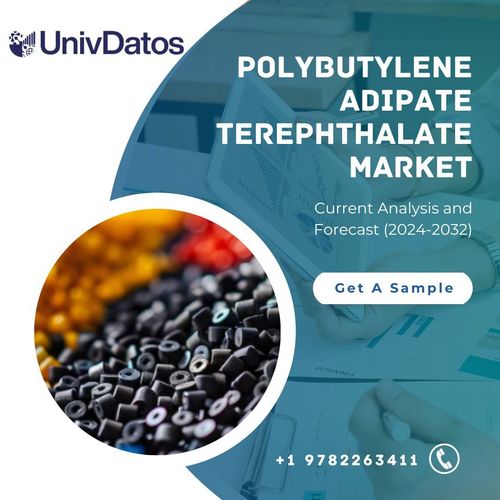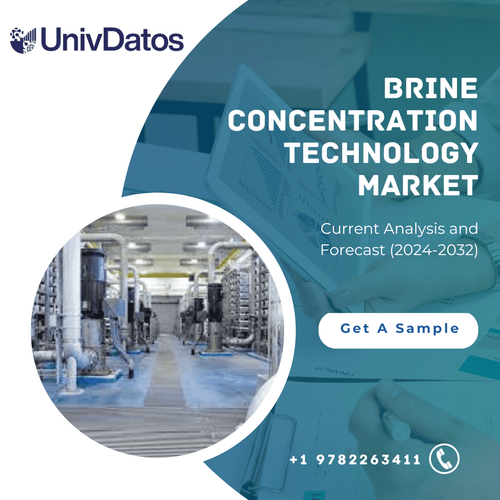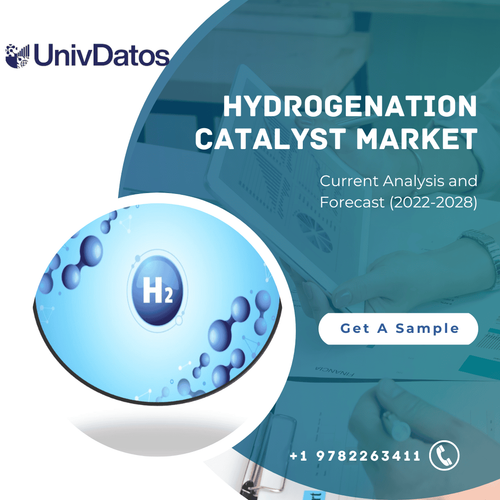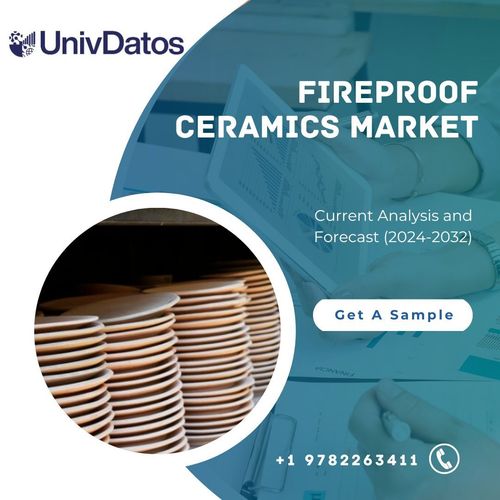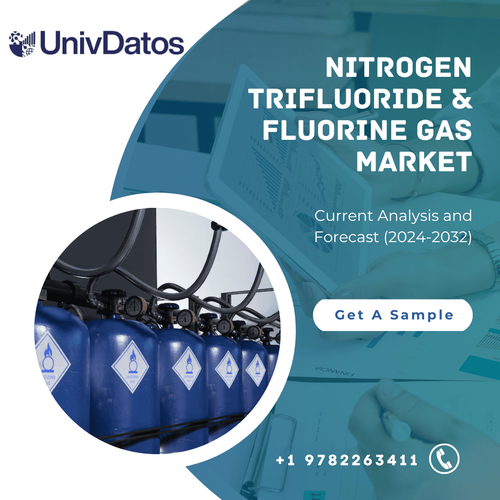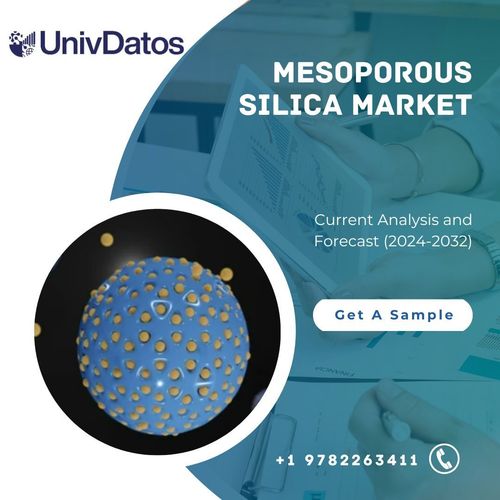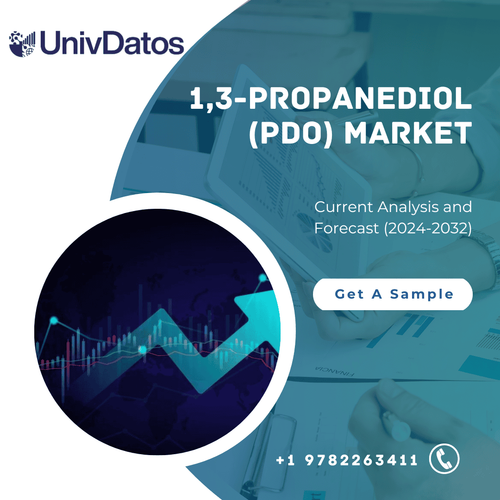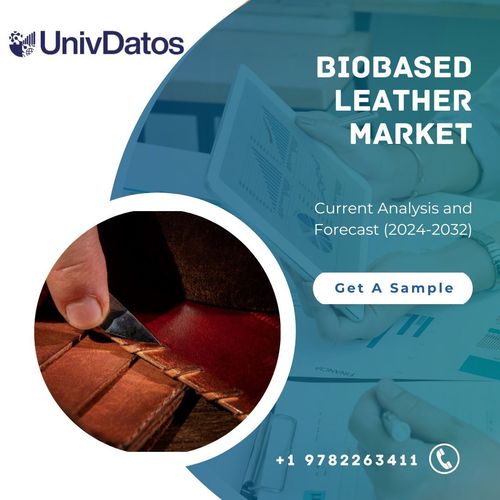Protective Packaging Market: Current Analysis and Forecast (2022-2028)
Emphasis on Material Type (Foamed Plastic, Paper & Paperboard, Plastic, Others); Product Type (Foam, Flexible, Rigid); Function (Cushioning, Blocking & Bracing, Void Fill, Insulation, Wrapping); End-User (Food & Beverage, Automotive, Industrial Goods, Household Appliances, Healthcare, Consumer Electronics, and Others); and Region/Country
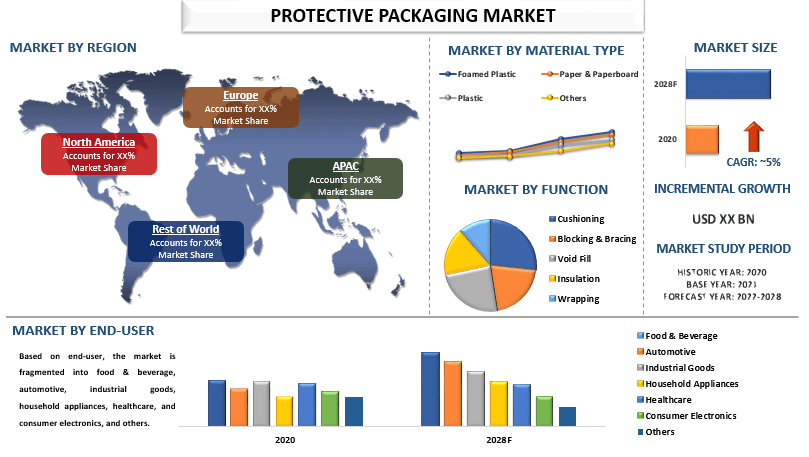
The global protective packaging market is expected to witness a CAGR of around 5% during the forecast period (2022-2028F). As the market is anticipated to witness owing to the growing demand for protective packaging all over the globe owing to the growth in the food and beverage industry. For instance, in October 2021, Reliance Retail introduced Freshpik, a new experiential gourmet food store in India, to expand its grocery segment in the ultra-premium category. Furthermore, with the rising demand in the e-commerce industry for the safety of shipped products, the rising customer expenditure, continuous automation developments, and enhancement in the production activities. For instance, in 2022, the Indian eCommerce market is predicted to increase by 21.5%, reaching US$ 74.8 billion.
In addition, major players such as Sonoco Products Company, Sealed Air Corporation, Smurfit Kappa Group, DS Smith Plc, Cascades Inc, Crown Holdings Inc., Ranpak Inc., Huhtamaki Oyj, Pregis Holding II CORP, Pro-Pac Packaging Group Pty Ltd. Several M&As along with partnerships have been undertaken by these players to develop the protective packaging market.
Protective packaging is designed purposely to protect items from any physical harm and damage during shipment and storage. They play a crucial role in logistics or supply providing superior security through packaging. Protective packaging helps to protect the product by conserving the integrity of the product. For instance, during transportation packages are subject to dropping, rough handling, and movement from vehicles, making them prone to damage. Moreover, the packaging system is cost-effective and provides excellent barrier resistance properties from damage such as vibration and shock. Furthermore, the rising demand for protective packaging is due to its applications such as corrosion protection, exporting & casting long-term insurance, and outdoor storage protection. Hence, it is extensively used in the e-Commerce industry, manufacturing industry coupled with its recyclable properties is driving the market growth of protective packaging. The global protective packaging market is expected to witness a CAGR of around 5.00% during the forecast period (2021–2027).
However, Covid – 19 has devasted the global economy due to which many sectors experienced a downfall as the demand for protective packaging got reduced within the industries due to its shutdowns. The production and supply chain in many industries got declined due to a lack of operations which directly or indirectly affected the market for protective packaging. Since the industries have been in process for a certain period, the usage of protective packaging is increasing as a source for transporting articles from one place to another with no damage. Hence, the requirement for the use of protective packaging will see increasing during the forecasted period.
Insights Presented in the Report
“Amongst material types, foamed plastic category to hold a significant share in the market”
Based on material type, the market is fragmented into foamed plastic, paper & paperboard, plastic, and others. During the forecast period, the foamed plastic segment is likely to dominate the global protective packaging market. As foamed plastics are lightweight, have strong thermal insulation, and have shock-absorbing qualities, which are suitable for protective packaging. In addition, foamed plastic provides the flexibility of being cost-effective to manufacturers and wholesalers. Furthermore, the factors justify its use in the market which will drive its growth during the forecasted period.
“Amongst product type, flexible category to hold a significant share in the market”
Based on product type, the market is fragmented into foam, flexible, and rigid. In 2020, the flexible segment is seen dominating the growth of the protective packaging market. This is mainly due to the increasing demand for cost-effective, recyclable materials, and less occupancy of space available for packaging. Therefore, flexible packaging is available as a recyclable material content. In addition, the incorporation of bioplastic to manufacture flexible protective packaging solutions has improved its recyclability, sustainability, and sales which is driving the market for flexible protective packaging.
“Amongst function, wrapping segment to hold a significant share in the market”
Based on function, the market is fragmented into cushioning, blocking & bracing, void fill, insulation, and wrapping. In 2020, the wrapping segment is seen dominating the growth of the protective packaging market. The function of wrapping is that it offers a versatile and lightweight solution to protect products during transportation, handling, or storage. In addition, it plays a major role in product packing. As it helps in preventing product damage and reducing losses & returns in any business. Furthermore, wrapping provides a flexible and lightweight way of protecting objects during shipping, handling, and storage. Hence, it has become an important aspect of sales and marketing tactics since it helps to minimize product damage and reduce losses and returns in the industries.
“Amongst end-user, food & beverage category to hold a significant share in the market”
Based on end-user, the market is fragmented into food & beverage, automotive, industrial goods, household appliances, healthcare, consumer electronics, and others. During the forecast period, the food & beverage segment is likely to dominate the global protective packaging market. This is mainly due to using of eco-friendly, highly portable, and easy-to-handle materials that are expected to drive the demand for protective packaging in the region. In addition, the packaging in the food and beverage industry includes bags, pouches, shrink films, sleeves, and tubes, primarily owing to their flexibility, low weight, and durability are some of the factors that are increasing the demand for protective packaging within the region. Furthermore, the increasing demand for food and beverage packaging and product protection, and the high consumption of flexible packaging over conventional packaging are anticipated to boost the demand for the protective packaging market.
Asia-Pacific to witness significant growth during the forecast period”
Asia-Pacific is likely going to dominate the protective packaging market during the forecasted period. This is due to factors such as industrialization, increasing disposable income, growing e-retail sales, rising internet penetration, growing manufacturing activities, and rising consumption level that would drive the market during the forecasted period. Furthermore, the rising demand in the e-commerce industry for the safety of shipped products, the rising customer expenditure, continuous automation developments, and enhancement in the production activities in the region are expected to further propel the growth of the protective packaging market. For instance, according to UNCTAD, in 2020 China’s Online retail sales were $1,414.3 billion which shows the increasing trend of online purchasing in the country, which in turn, is boosting the demand for protective packaging in the Asia-Pacific region. In addition, as per the Ministry of Statistics and Program Implementation (MOSPI) survey, the revenue generated from manufacturing beverages in India in FY 2019 was USD 10.94 billion which is expected to reach USD 11.69 billion by 2023.
Reasons to buy this report:
- The study includes market sizing and forecasting analysis validated by authenticated key industry experts.
- The report presents a quick review of overall industry performance at one glance.
- The report covers an in-depth analysis of prominent industry peers with a primary focus on key business financials, product portfolios, expansion strategies, and recent developments.
- Detailed examination of drivers, restraints, key trends, and opportunities prevailing in the industry.
- The study comprehensively covers the market across different segments.
- Deep dive regional level analysis of the industry.
Customization Options:
The Global Protective Packaging Market can further be customized as per the requirement or any other market segment. Besides this, UMI understands that you may have your own business needs, hence feel free to connect with us to get a report that completely suits your requirements.
Table of Contents
Research Methodology for the Global Protective Packaging Market Analysis (2022-2028)
Analyzing the historical market, estimating the current market, and forecasting the future market of the global protective packaging market were the three major steps undertaken to create and analyze the adoption of protective packaging in major regions globally. Exhaustive secondary research was conducted to collect the historical market numbers and estimate the current market size. Secondly, to validate these insights, numerous findings and assumptions were taken into consideration. Moreover, exhaustive primary interviews were also conducted, with industry experts across the value chain of the global protective packaging market. Post assumption and validation of market numbers through primary interviews, we employed a top-down/bottom-up approach to forecasting the complete market size. Thereafter, market breakdown and data triangulation methods were adopted to estimate and analyze the market size of segments and sub-segments of the industry pertains to. Detailed methodology is explained below:
Analysis of Historical Market Size
Step 1: In-Depth Study of Secondary Sources:
Detail secondary study was conducted to obtain the historical market size of the protective packaging market through company internal sources such as annual reports & financial statements, performance presentations, press releases, etc., and external sources including journals, news & articles, government publications, competitor publications, sector reports, third-party database, and other credible publications.
Step 2: Market Segmentation:
After obtaining the historical market size of the protective packaging market, we conducted a detailed secondary analysis to gather historical market insights and share for different segments & sub-segments for major regions. Major segments included in the report as material types, product types, functions, and end-user. Further country-level analyses were conducted to evaluate the overall adoption of testing models in that region.
Step 3: Factor Analysis:
After acquiring the historical market size of different segments and sub-segments, we conducted a detailed factor analysis to estimate the current market size of the protective packaging market. Further, we conducted factor analysis using dependent and independent variables such as various material types, product types, functions, and end-user of protective packaging equipment. A thorough analysis was conducted for demand and supply-side scenarios considering top partnerships, mergers and acquisitions, business expansion, and product launches in the protective packaging market sector across the globe.
Current Market Size Estimate & Forecast
Current Market Sizing: Based on actionable insights from the above 3 steps, we arrived at the current market size, key players in the global protective packaging market, and market shares of the segments. All the required percentage shares split, and market breakdowns were determined using the above-mentioned secondary approach and were verified through primary interviews.
Estimation & Forecasting: For market estimation and forecast, weights were assigned to different factors including drivers & trends, restraints, and opportunities available for the stakeholders. After analyzing these factors, relevant forecasting techniques i.e., top-down/bottom-up approach were applied to arrive at the market forecast for 2028 for different segments and sub-segments across the major markets globally. The research methodology adopted to estimate the market size encompasses:
- The industry’s market size, in terms of revenue (USD) and the adoption rate of the protective packaging market across the major markets domestically
- All percentage shares, splits, and breakdowns of market segments and sub-segments
- Key players in the global protective packaging market in terms of solutions offered. Also, the growth strategies adopted by these players to compete in the fast-growing market
Market Size and Share Validation
Primary Research: In-depth interviews were conducted with the Key Opinion Leaders (KOLs) including Top Level Executives (CXO/VPs, Sales Head, Marketing Head, Operational Head, Regional Head, Country Head, etc.) across major regions. Primary research findings were then summarized, and statistical analysis was performed to prove the stated hypothesis. Inputs from primary research were consolidated with secondary findings, hence turning information into actionable insights.
Split of Primary Participants in Different Regions
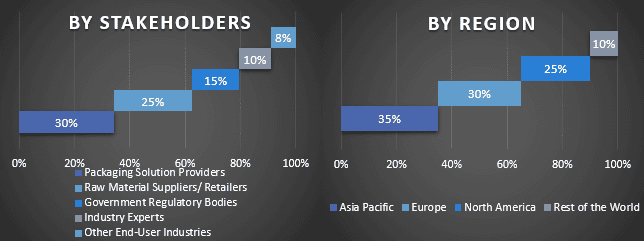
Market Engineering
The data triangulation technique was employed to complete the overall market estimation and to arrive at a precise statistical number for each segment and sub-segment of the global protective packaging market. Data was split into several segments & sub-segments post studying various parameters and trends in the areas of various material types, product types, functions, and end-user in the global protective packaging market.
The main objective of the global protective packaging Market Study
The current & future market trends other than the global protective packaging market were pinpointed in the study. Investors can gain strategic insights to base their discretion for investment on the qualitative and quantitative analysis performed in the study. Current and future market trends determined the overall attractiveness of the market at a regional level, providing a platform for the industrial participant to exploit the untapped market to benefit from a first-mover advantage. Other quantitative goals of the studies include:
- Analyze the current and forecast market size of the protective packaging market in terms of value (USD). Also, analyze the current and forecast market size of different segments and sub-segments
- Segments in the study include areas of material types, product types, functions, and end-user
- Define and analysis of the regulatory framework for the protective packaging market industry.
- Analyze the value chain involved with the presence of various intermediaries, along with analyzing customer and competitor behaviors of the industry
- Analyze the current and forecast market size of the protective packaging market for the major region
- Major countries of regions studied in the report include Asia Pacific, Europe, North America, and the Rest of the world
- Company profiles of the protective packaging market and the growth strategies adopted by the market players to sustain in the fast-growing market
- Deep dive regional level analysis of the industry
Related Reports
Customers who bought this item also bought

